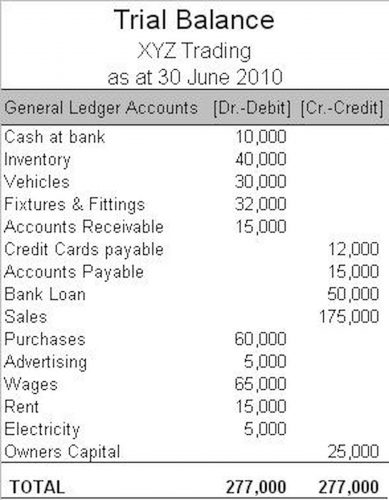
Management shares may be subject to limitations or conditions, such as vesting periods or trading prohibitions. The company must make a predetermined dividend payment to preferred shareholders before distributing dividends to common shareholders. They cannot vote in most cases; however, there are exceptions in certain situations. A company can issue seven different types of shares, depending on its specific needs and aims. But there are several other parameters that investors should analyse before investing in a company.
Not a Comprehensive Measure of Risk

The market capitalization will also fall if the market price per share remains constant and the number of outstanding shares declines. Investors can distinguish between authorized shares, which indicate the maximum number of shares a company can issue, and outstanding shares, which represent the number of shares the investors currently hold. There is a relationship between authorized and outstanding shares, although they represent different characteristics of a company’s stock.

How to Calculate Outstanding Shares: The Basics
Investors and analysts use outstanding shares to calculate financial ratios such as earnings per share (EPS) and price-to-earnings (P/E). Outstanding shares estimate other financial metrics, such as book value per share. Book value per share is the minimum number of shares owned in a company and is used to forecast the possible market price of a share at a specific time. The number of shares outstanding for a publicly-traded company is reported in its periodic filings with the Securities and Exchange Commission (SEC), particularly in the annual report known as Form 10-K. These documents provide not just the raw number of shares but also a context for understanding changes over time due to corporate actions such as stock splits, buybacks, or issuance of new shares.
- A stock split occurs when a company increases the number of its outstanding shares without changing its overall market cap or value.
- A company having larger number of shares outstanding will be much more stable than a company which has lower number of share outstanding.
- Importantly, the number of shares outstanding is dynamic and fluctuates over time.
- Ordinary shares symbolize ownership in the company and allow the shareholder to vote on company matters, like the election of directors and significant company decisions.
- XYZ then buys back 100,000 shares at $10 per share, spending $1 million of its cash reserves.
- A well-balanced mix of debt and equity can reduce the cost of capital and increase profitability.
Company
Treasury Shares represent the company’s ownership of its stock, while outstanding shares represent the ownership interest of shareholders. The weighted average number of outstanding shares is sometimes used instead of the actual number since it provides a more realistic picture of the company’s performance over time. This calculation takes any variations in the number of shares outstanding during the period. A company’s market capitalization will increase proportionally to the number of outstanding shares if the market price per share remains constant.

Factors Influencing Outstanding Shares

To understand this more deeply, let’s consider the case of a hypothetical company called XYZ that decides to initiate a share repurchase program. At the start of the year, XYZ has 1 million shares outstanding and a share price of $10, giving it a market capitalization of $10 million. The number of shares outstanding is equal to the total number of issued stocks minus the number of stocks held in the Online Accounting company’s treasury.
- On the other hand, Treasury Shares are repurchased by the company and retained in its own treasury.
- A company may announce a stock split to increase the affordability of its shares and grow the number of investors.
- A company with a healthy total capital base is more likely to secure favorable loan terms.
- Changes in outstanding shares can influence a company’s stock price, impacting investor sentiments.
- Here’s how to find and calculate the amount of preferred stock outstanding from a company’s balance sheet.
- Suppose a company issues 1000 shares and 200 shares are kept in the company’s treasury, determine the company’s shares outstanding.
- This calculation takes any variations in the number of shares outstanding during the period.
Outstanding shares have a huge impact on other financial parameters and fluctuation in the ratios can affect investors. Outstanding shares have a direct relationship with the P/E ratio i.e., the price-to-earnings ratio. Warrants grant the stock bearer the Law Firm Accounts Receivable Management right to purchase additional shares of outstanding stock from the company’s treasury. Stocks outstanding rise as warrants are exercised, while Treasury stock counts fall. The company will now have to sell 100 shares from its treasury to the warrant holders if all of these warrants are exercised.
Why is Total Capital Important?
In the US, public companies are obligated to report their number of shares outstanding as part of the SEC’s filing requirements. On the balance sheet, there is a line item description that states the number of shares outstanding. Management shares are owned by a company’s top shares outstanding formula managers or management team.